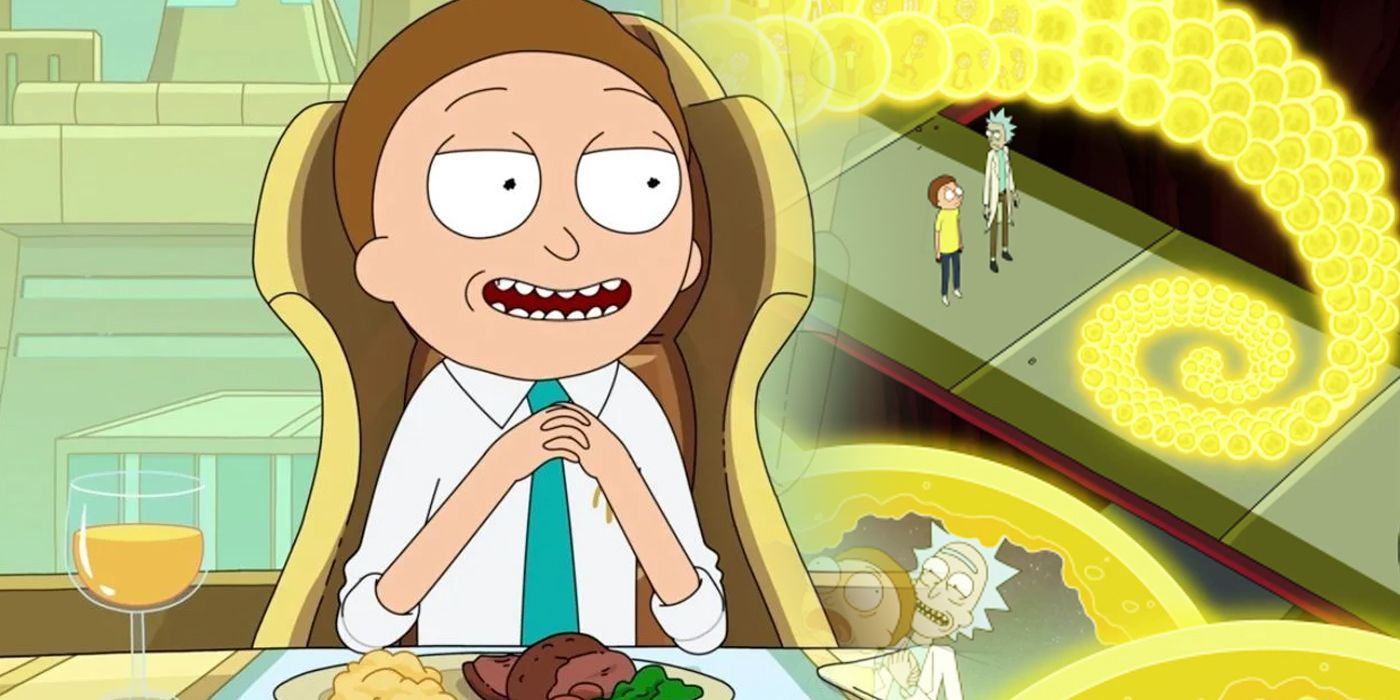
Warning: The following contains SPOILERS for the Rick and Morty season 5 finale.
The two-part finale of Rick and Morty season 5 effectively rebooted the series, offering it a fresh start with a new dynamic between its title characters in the future. This is somewhat ironic given that most of the runtime of "Forgetting Sarick Mortshall" and "Rickmurai Jack" was devoted to unrolling the past of Rick and Morty, apparently revealing the full details of Rick's backstory and resolving the ongoing subplot regarding the self-described Evil Morty, who became President of the Citadel.
Rick and Morty season 5 was a surprising one in many respects, being far more mindful of continuity than previous seasons. Many of its episodes made specific references to Rick's tragic past and what drives his activities as a dimension-hopping super-scientist. This stood in stark contrast to how the series previously tried to muddy the waters regarding Rick's motivations and mocked any suggestion that the series was building to an epic conclusion or had any deeper meaning beyond random science-fiction shenanigans. "Forgetting Sarick Mortshall" and "Rickmurai Jack" continued this trend by seemingly destroying the Citadel of Ricks, along with most of Rick and Morty's dimensional doppelgangers.
While the two-part finale of Rick and Morty season 5 will undoubtedly please continuity wonks and fan theorists, the true heart of the story lies in the journey, rather than the destination. While a number of details regarding the ongoing subplots were established, the real confirmation of who Rick and Morty are now was established in smaller, subtler ways. This, coupled with a teaser featuring the return of Mister Poopybutthole, hints at a more thoughtful Rick and Morty season 6.
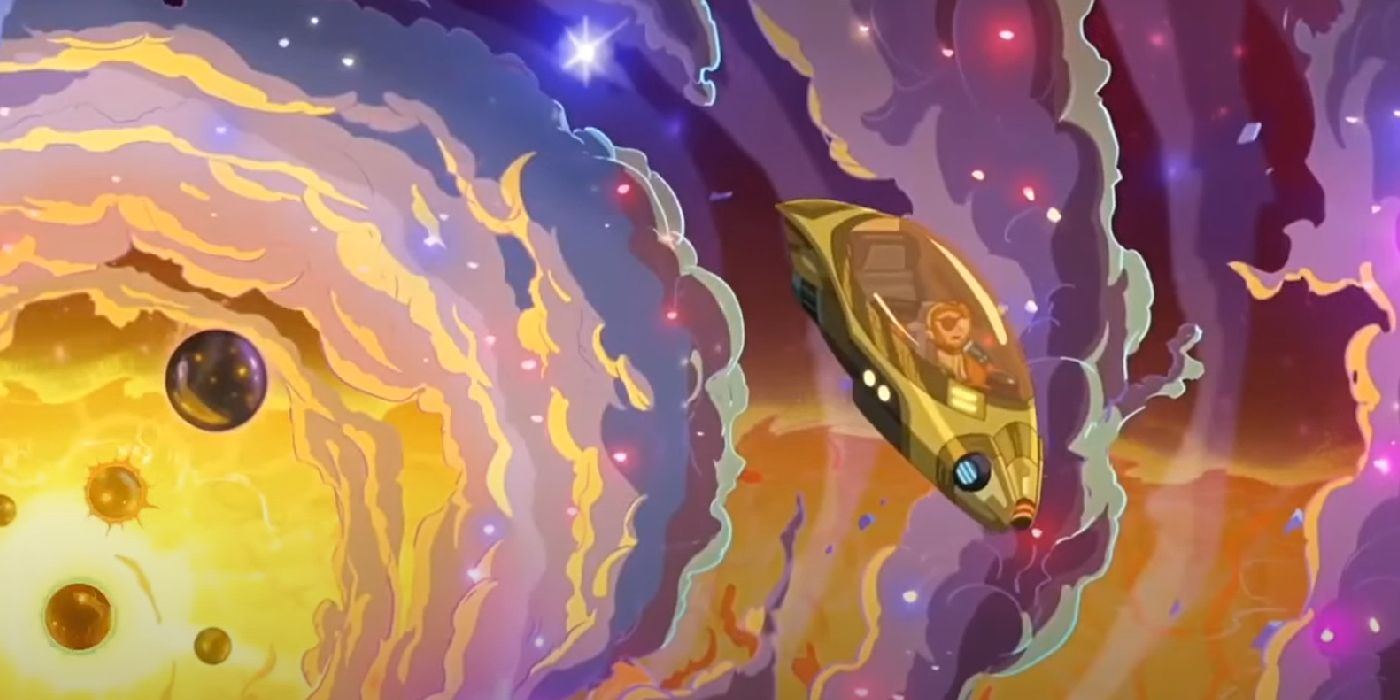
Perhaps the biggest development in the Rick and Morty season 5 finale is how the show's basic premise appears to have been rebooted. Repeatedly, Morty asked if his relationship with Rick could be "reset" to normal — but the ending suggested that this won't be the case and that their future dynamic would be different (and hopefully, less toxic). The destruction of the Citadel of Ricks heavily implies that the multiverse — at least as it has been used in the series thus far — won't be the same.

The opening scene of "Forgetting Sarick Mortshall" showcased how far Morty has come in the past five seasons, as he traveled between dimensions on a series of solo adventures, undoing the damage that Rick's solo adventures caused. No longer the panic-prone tween of Rick and Morty season 1, Morty was confident enough and capable enough to shoot it out with mobs of living cookie people and freeze a living lava-man to save a village full of furry aliens. Morty was also shown to have his own spaceship built into his bike, though he acknowledged that was just so he could run Rick's errands. Despite his increased capability, Morty has retained his morality and his unnerving ability to get into trouble because of his desire to help people. This, coupled with the accident where Morty created a portal gun portal in his hand in "Forgetting Sarick Mortshall," prove that Morty is in no danger of becoming completely like Rick anytime soon.
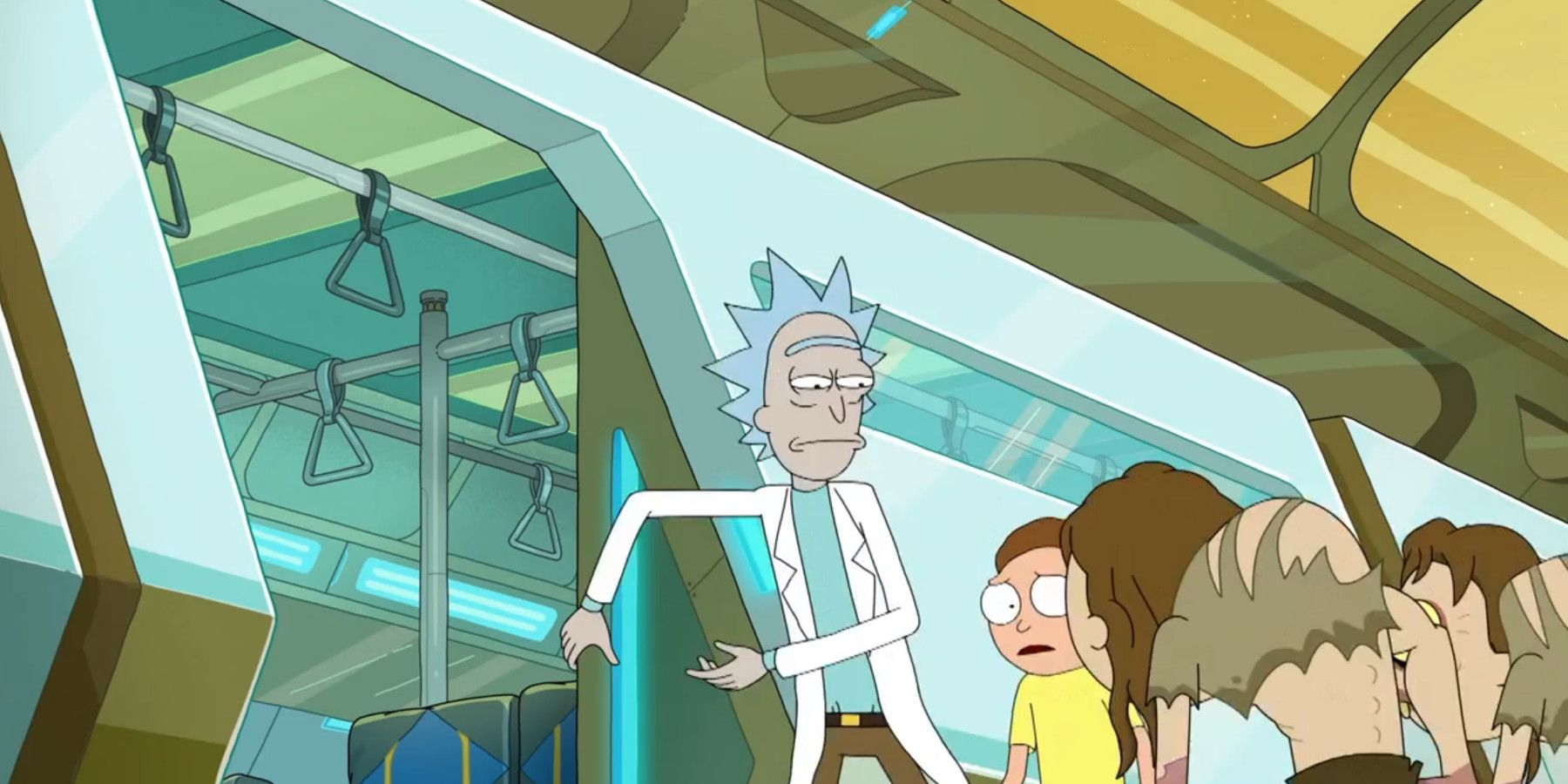
While previous Rick and Morty episodes have hinted at Morty's idealism starting to rub off on Rick, the climax of "Rickmurai Jack" confirmed that Rick has changed for the better. Having learned true empathy from his two crow companions and realizing the abusive nature of his relationship with Morty, Rick left Morty behind to see what else he could learn in the ending of "Forgetting Sarick Mortshall." While Morty had commented that Rick really had changed after he gave Morty his portal gun, the real sign of how Rick had changed came when, during the destruction of the Citadel, he made an effort to save a group of Morlock Mortys that were put to work mining portal fluid in the bowels of the Citadel catacombs. Ironically, as all the other Ricks died trying to save themselves by proving their cleverness, Rick C-137 proved that he was "the Rickest Rick" by exercising his compassion to save as many people as possible; an action unthinkable to the other Ricks, who literally created the many Mortys as cheap, expendable labor.
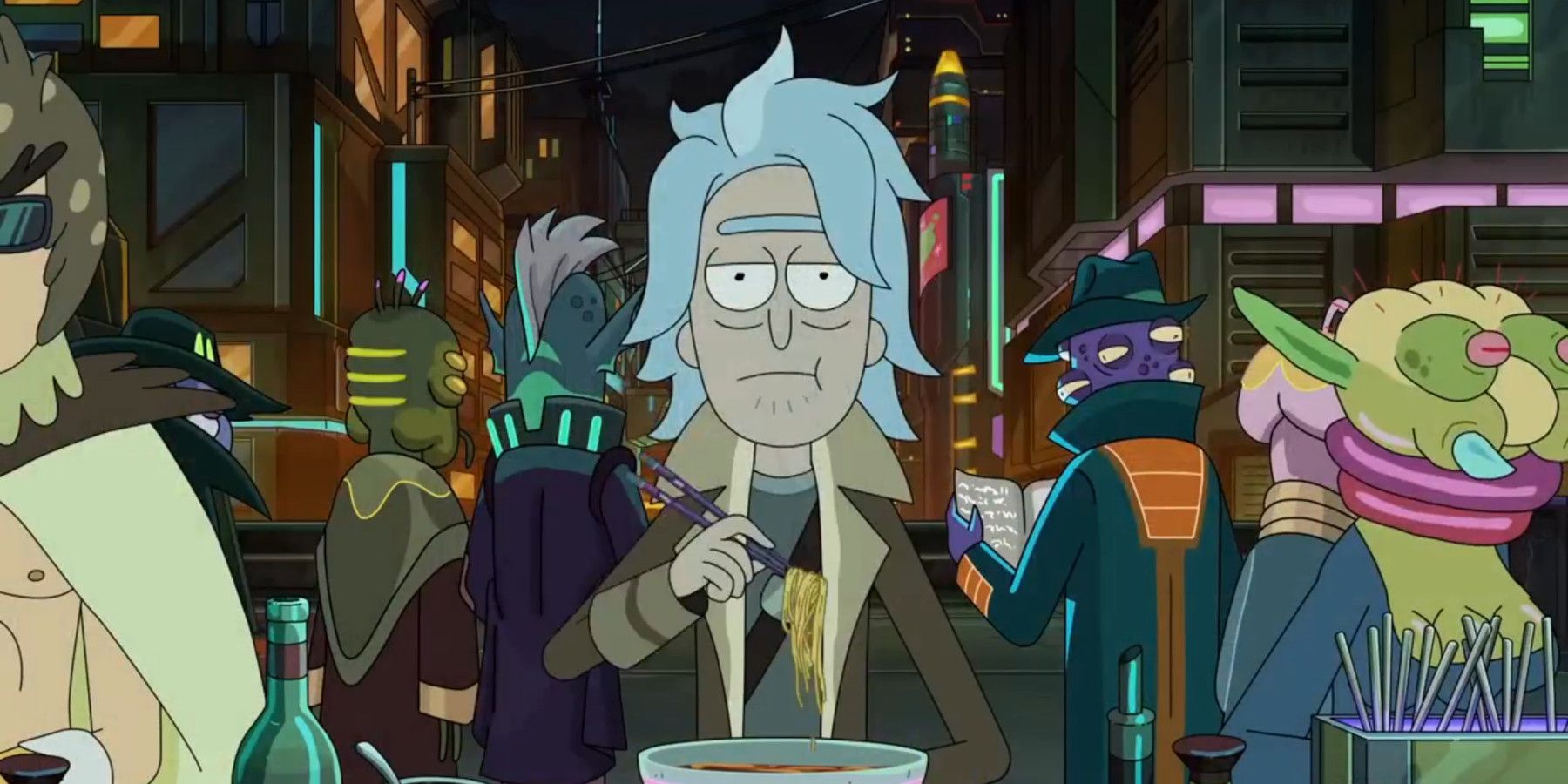
"Rickmurai Jack" seemed to confirm Rick C-137's "stupid crybaby backstory," with a memory module allowing Morty a chance to see Rick's past. The two-minute silent montage made reference to a number of flashbacks and callbacks from earlier in Rick and Morty season 5, such as Rick C-137's battles against the Galactic Federation with Bird Person and how Rick C-137 joined with the Ricks of many other universes to create something called the Central Finite Curve. It also seemed to confirm that the memory of Rick C-137's wife Diane in the Rick and Morty season 3 premiere was real and that Rick C-137 began traveling the multiverse to hunt down the Rick responsible for killing her. When Morty asked if the part about his wife dying was true, Rick replied, "Yes. Now everyone can shut up about it." This, coupled with an earlier reference about "jumping the shark" (a pop-culture term for when a popular series renders itself unwatchable because of a publicity stunt that only highlights how bad it has become) suggests that while Rick C-137's backstory has been confirmed, Rick and Morty will not be building upon it or referencing it again.
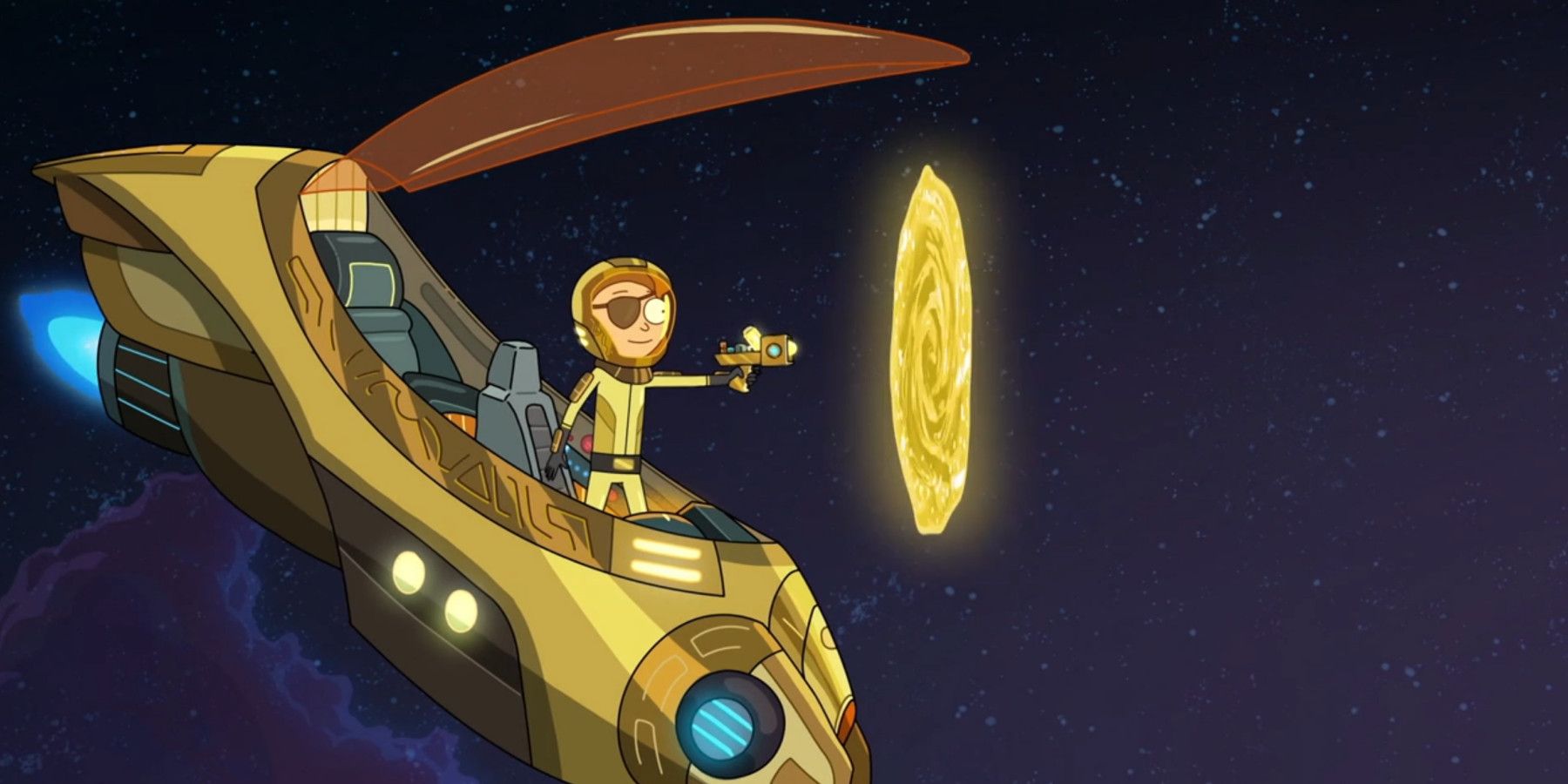
"Rickmurai Jack" also seemed to resolve another long-running subplot centering around a Morty variant known alternatively as Eyepatch Morty, Evil Morty and President Morty. Identifying himself as Evil Morty, the one-eyed Morty explained the idea of the Central Finite Curve to Morty and how many Ricks gathered together and "built a wall around Infinity, and separated all the infinite universes from all the infinite universes where (Rick) is the smartest man in the universe." The culmination of Evil Morty's plan was to free himself from the influence of all Ricks, punching a hole in reality and destroying the Citadel while he made his escape to a world outside the Curve.
The final scene of "Rickmurai Jack" before the closing credits showed Evil Morty, having broken free of the Curve and apparently having destroyed it, using his own golden portal gun to enter the true multiverse. While this sequence was a neat tribute to 2001: A Space Odyssey and could serve as the start of a spin-off series or the origin story of a new villain, it seems far more likely that Evil Morty's storyline will be ultimately meaningless, as the mystery behind the character was the only thing driving his story. Evil Morty is much better for Rick and Morty as a metaphor for breaking the cycle of abuse than a recurring villain.
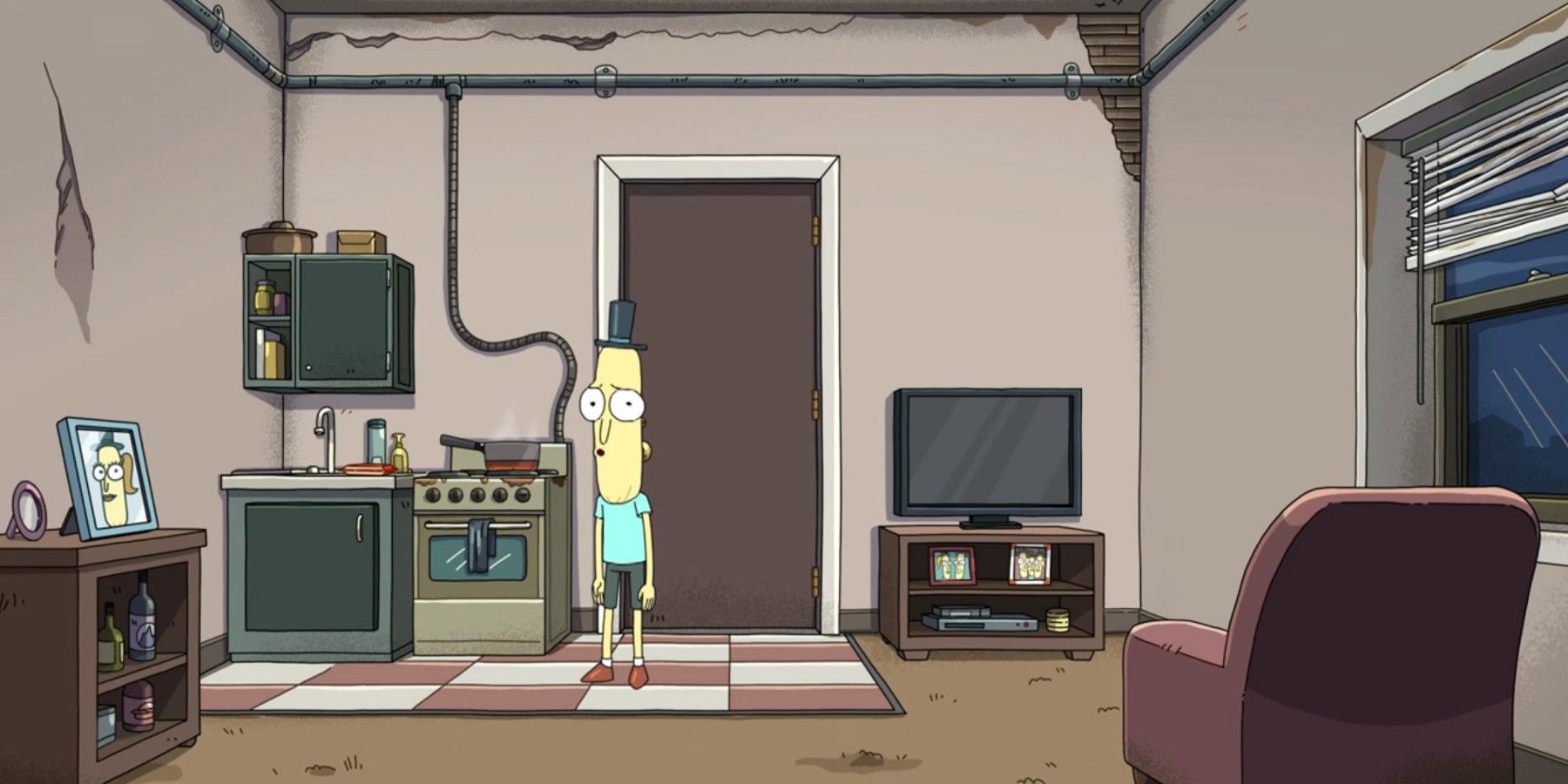
The Rick and Morty season 5 finale ended with a post-credits scene featuring Mr. Poopybutthole. Far from his usual chipper self, it was clear that Mr. Poopybutthole had fallen on hard times since his last appearance in the Rick and Morty season 4 episode "One Crew Over the Crewcoo's Morty," where he was fired from his position as a professor at an unnamed college. The uncharacteristically morose Mr. Poopybutthole, ever cheerful in his earlier appearances, was shown to be living in a dingy one-room apartment and was suggested to have been dumped by his wife, Amy. The brief scene concluded with Mr. Poopybutthole musing on how "we don't have as much time as we think" and how he doubted that he had an evil doppelganger like Evil Morty, as there was no way anyone could have ruined his life as thoroughly as he had.
from ScreenRant - Feed https://ift.tt/3l1GXF0

0 Comments